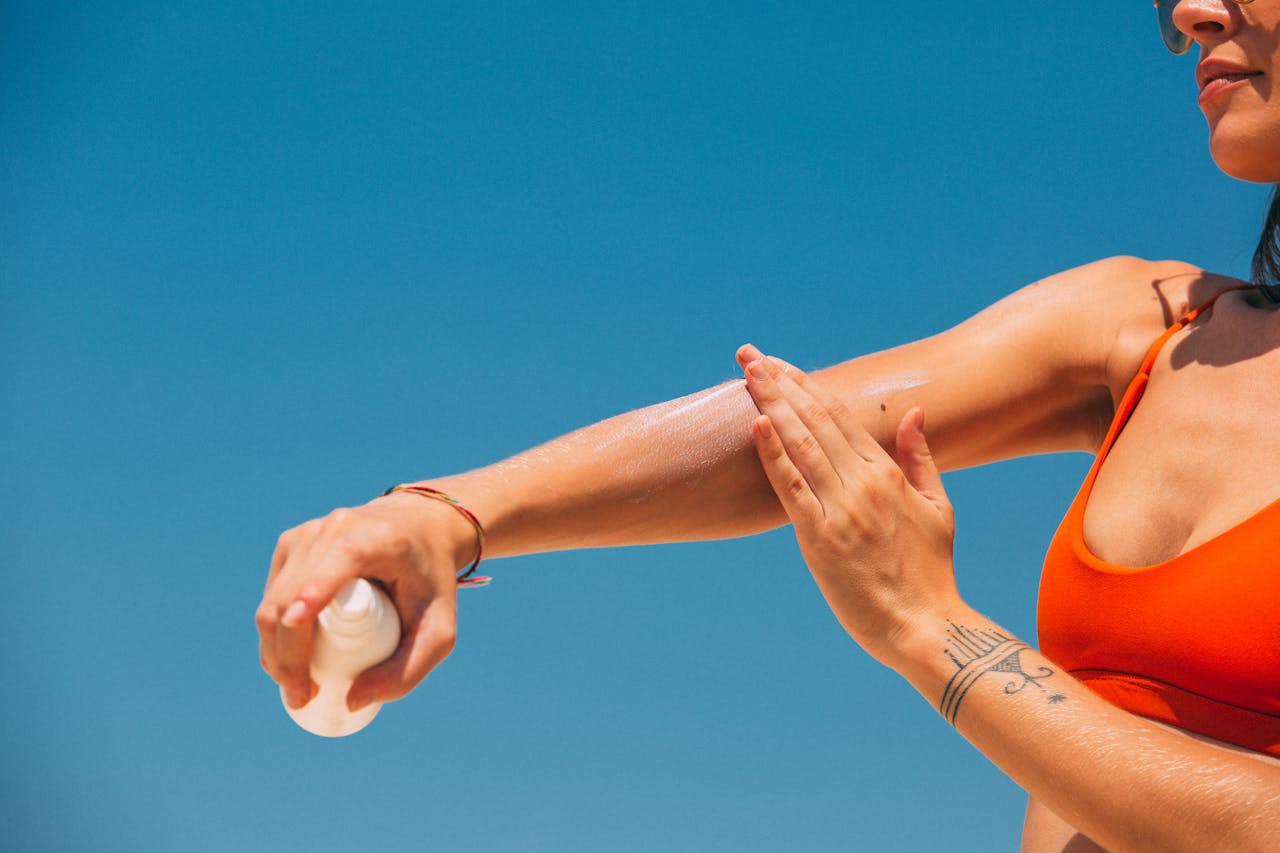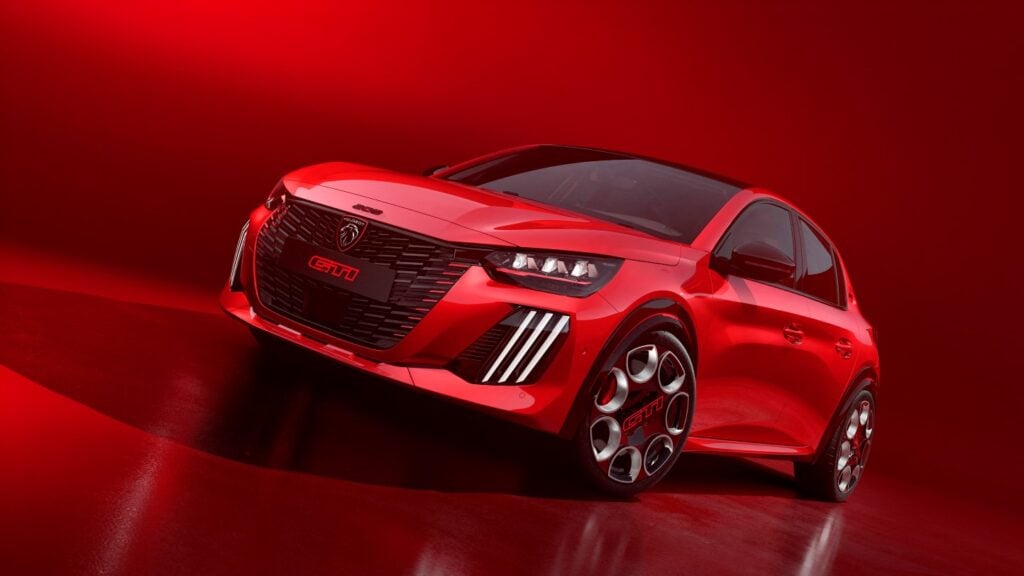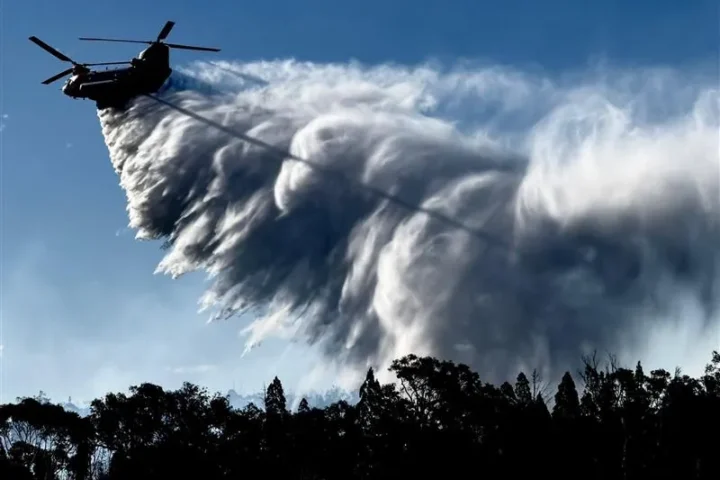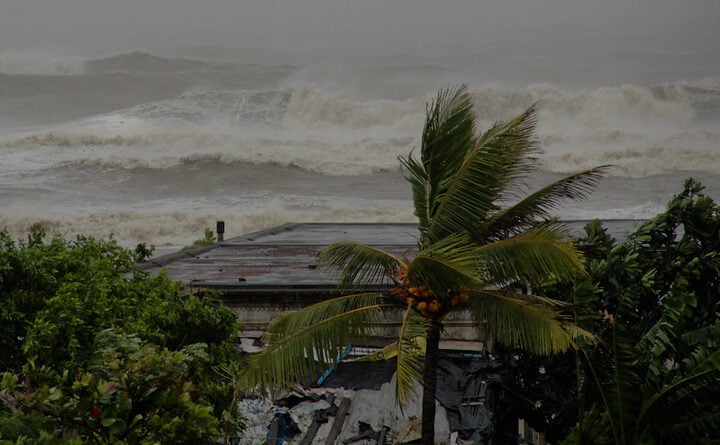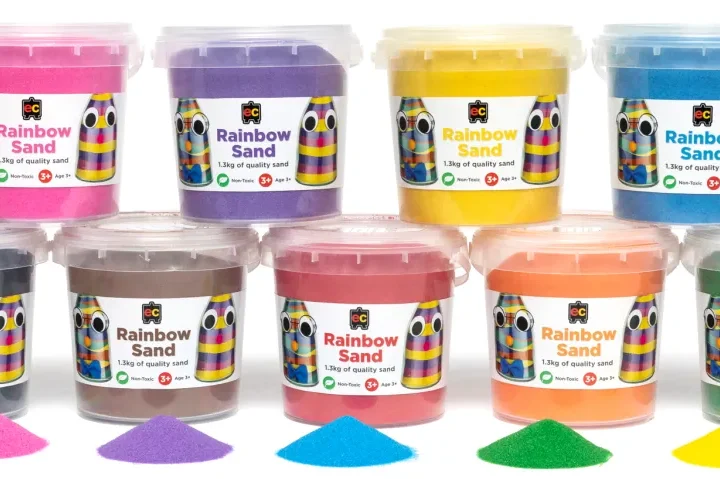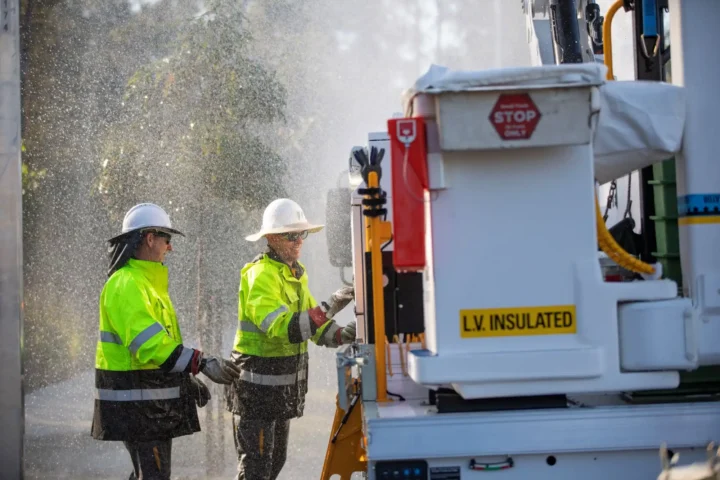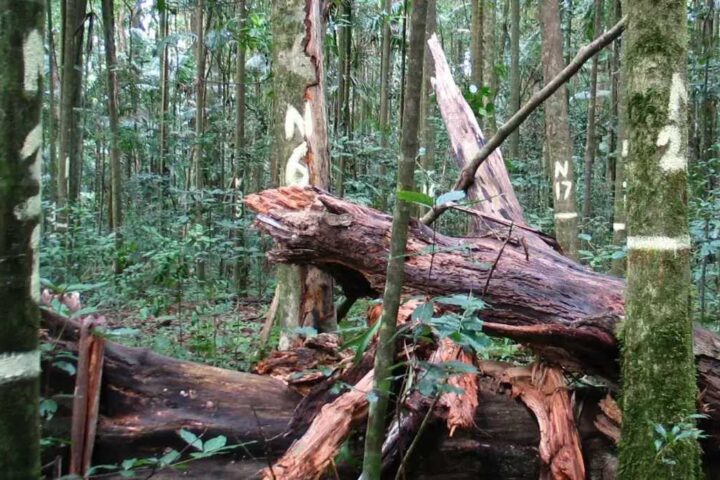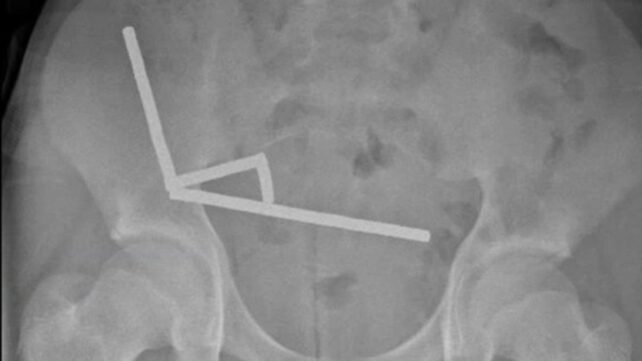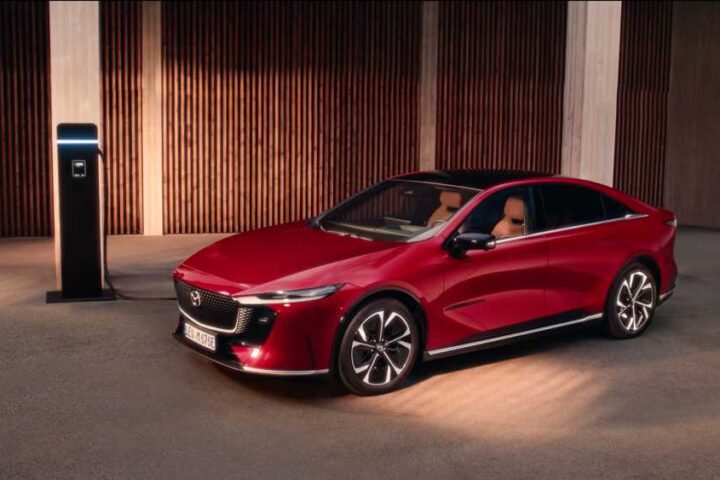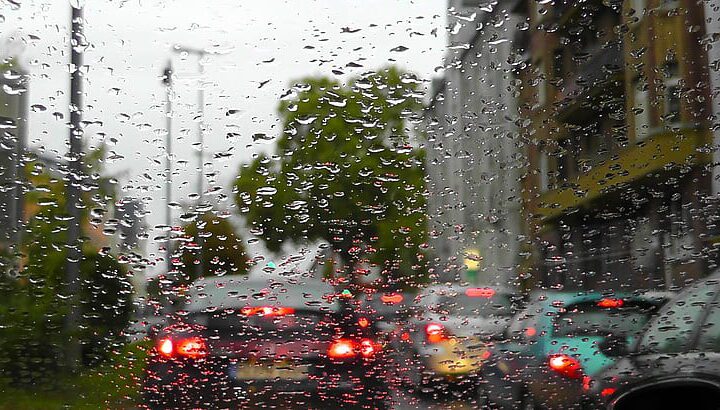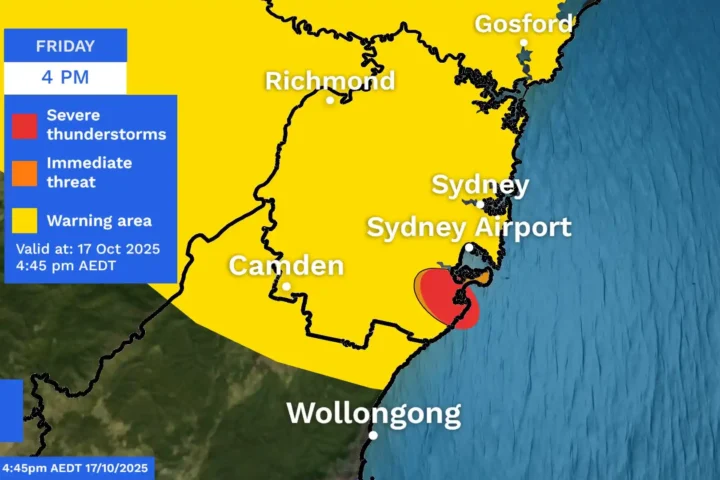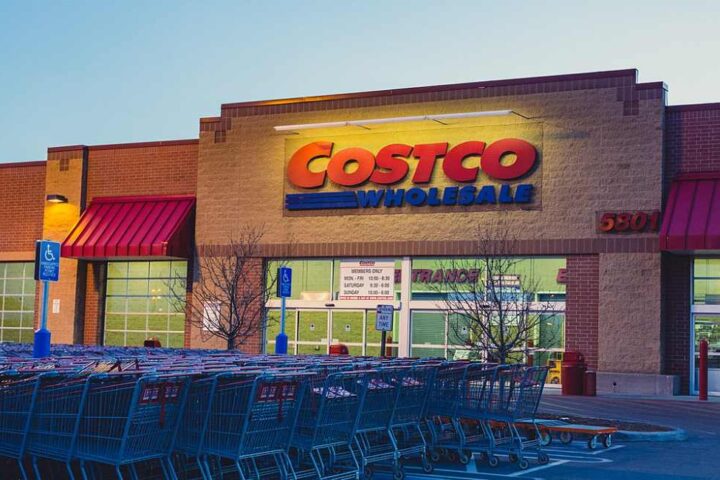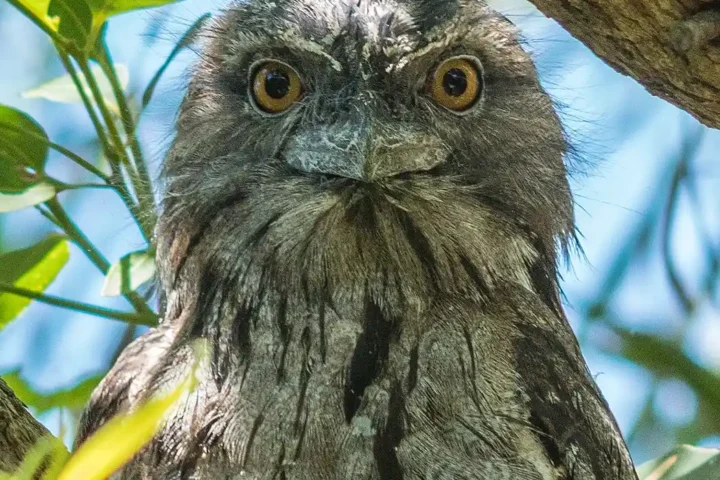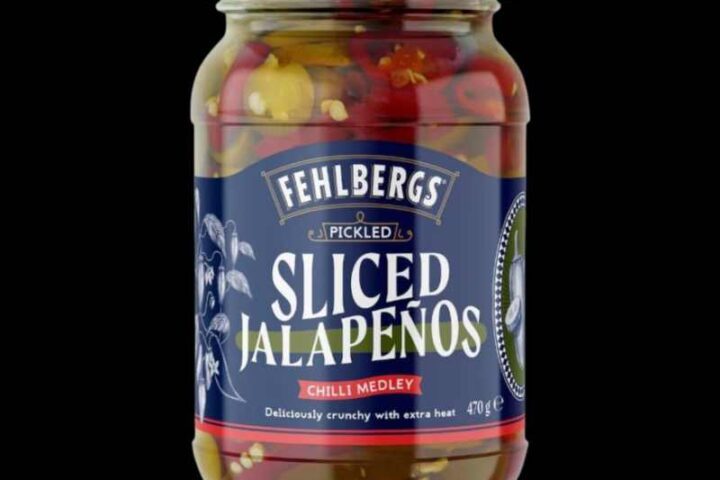A major investigation by consumer advocacy group Choice has revealed a concerning gap between what Australian sunscreens promise and what they deliver. Testing 20 popular sunscreens claiming SPF 50 or 50+ protection, Choice found that 16 failed to meet their advertised sun protection levels.
The worst performer was Ultra Violette’s Lean Screen SPF 50+ Mattifying Zinc Skinscreen, which shockingly tested at just SPF 4. Choice was so surprised by this result that they conducted a second test at a different lab in Germany, which confirmed a similarly low SPF rating of 5.
“We were really shocked to see the results,” said Choice CEO Ashley de Silva. “Consumers expect sunscreen to protect them in line with the SPF rating on the product, but as our testing has shown, the SPF label doesn’t always match what’s in the bottle.”
The findings revealed various levels of protection across failed products. Four sunscreens tested in the 40s range, four in the 30s, and seven in the 20s. Products from well-known brands including Cancer Council, Bondi Sands, Banana Boat, Neutrogena, Aldi, and Woolworths fell short of their SPF claims.
Only four products successfully met or exceeded their SPF claims: La Roche-Posay Anthelios Wet Skin Sunscreen SPF 50+ (tested at 72), Neutrogena Ultra Sheer Body Lotion SPF 50 (tested at 56), Cancer Council Kid Sunscreen 50+ (tested at 52), and Mecca Cosmetica To Save Body SPF 50+ Hydrating Sunscreen (tested at 51).
What is SPF and Why Does It Matter?
SPF (Sun Protection Factor) measures how well a sunscreen protects against UVB radiation, which causes sunburn. An SPF 50 sunscreen should block about 98% of UVB rays, compared to SPF 30 which blocks about 96.7%. While this difference may seem small, it matters significantly in Australia, which has one of the world’s highest skin cancer rates.
Despite the concerning findings, health experts emphasize that using any sunscreen is better than none. Dr. Linda Martin from the Melanoma Institute warned against discarding sunscreens based on these results.
“Don’t go and throw your sunscreen out, if anything, use more — that’s the most important take-home message,” she said, noting that two in three Australians will be diagnosed with skin cancer in their lifetime.
Similar Posts
Brands Dispute Findings, Regulators Investigate
Affected manufacturers have strongly disputed Choice’s findings. Ultra Violette called the results “not even remotely accurate” and “scientifically impossible,” claiming their own testing consistently shows an SPF over 60. They suggested the discrepancy might be due to different testing methodologies or human error.
Similarly, Cancer Council Australia expressed concern but stood by their own test results showing compliance with labeled SPF ratings. Bondi Sands, Aldi, and Woolworths also defended their products.
The Therapeutic Goods Administration (TGA), which regulates sunscreens in Australia, has acknowledged the report and confirmed it is investigating the findings. The TGA highlighted that SPF testing on humans can be “highly subjective” with results varying significantly between laboratories.
Choice has called for the TGA to conduct its own compliance testing rather than relying solely on manufacturer-provided data. They’ve also asked the Australian Competition and Consumer Commission (ACCC) to investigate potentially misleading claims.

Industry experts note that new SPF testing methods approved by the International Organization for Standardization are expected to provide more reliable and ethical testing options by 2025, potentially addressing some of the variability issues in current testing methods.
For now, experts recommend Australians continue using sunscreen as part of a comprehensive sun protection strategy that includes protective clothing, hats, shade, and sunglasses.
